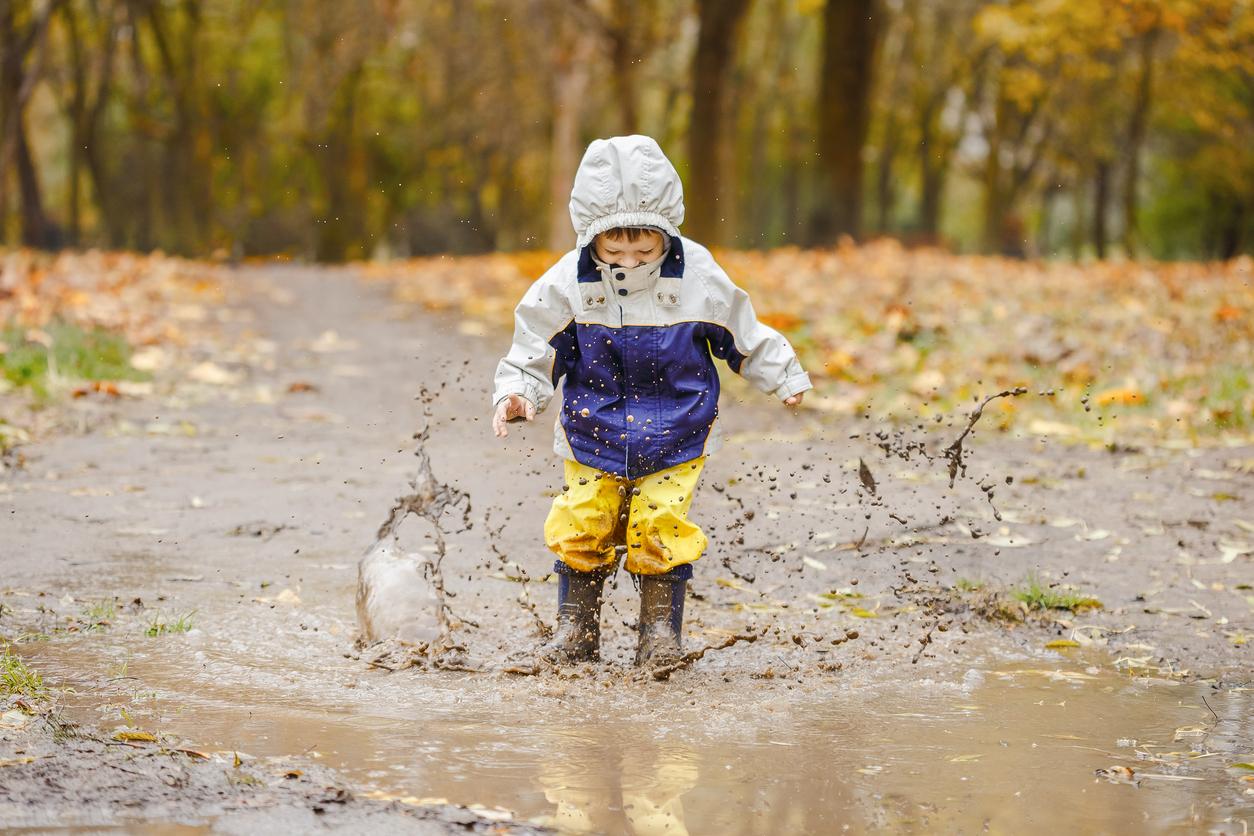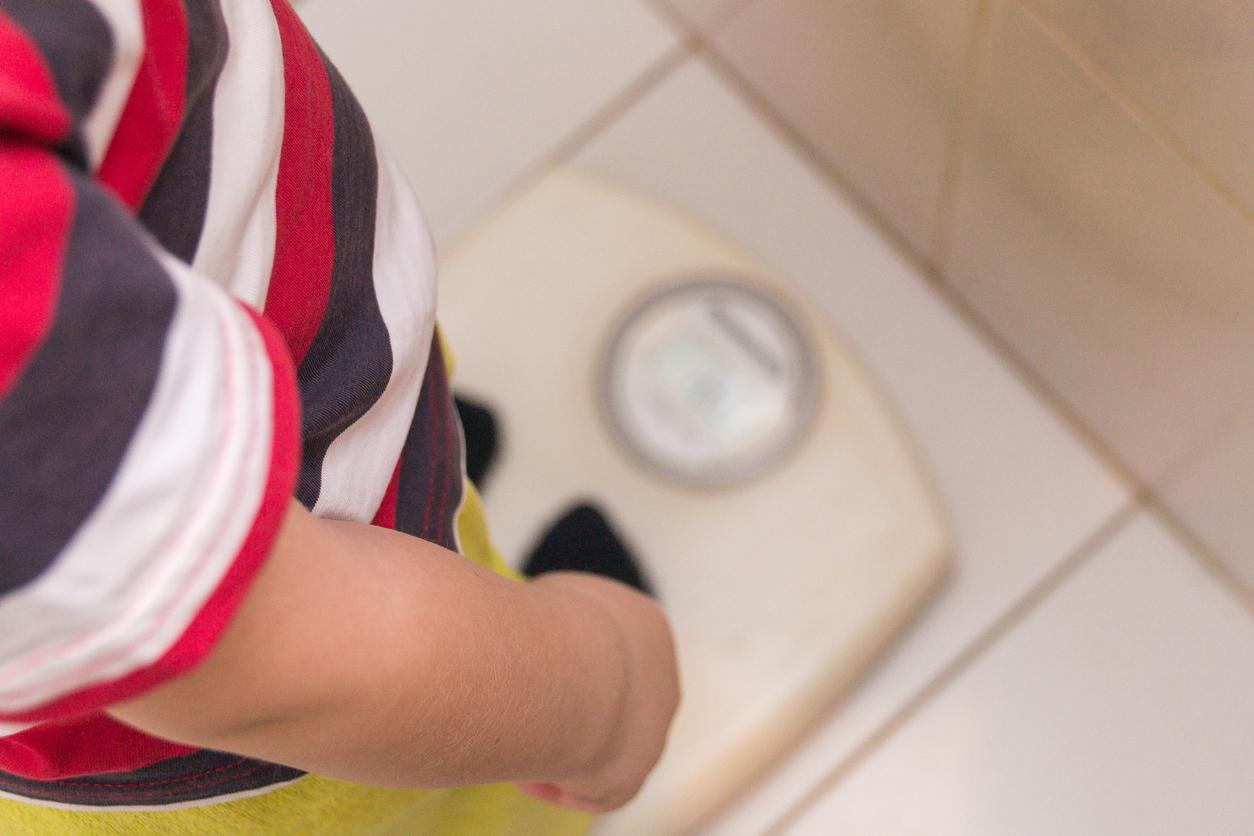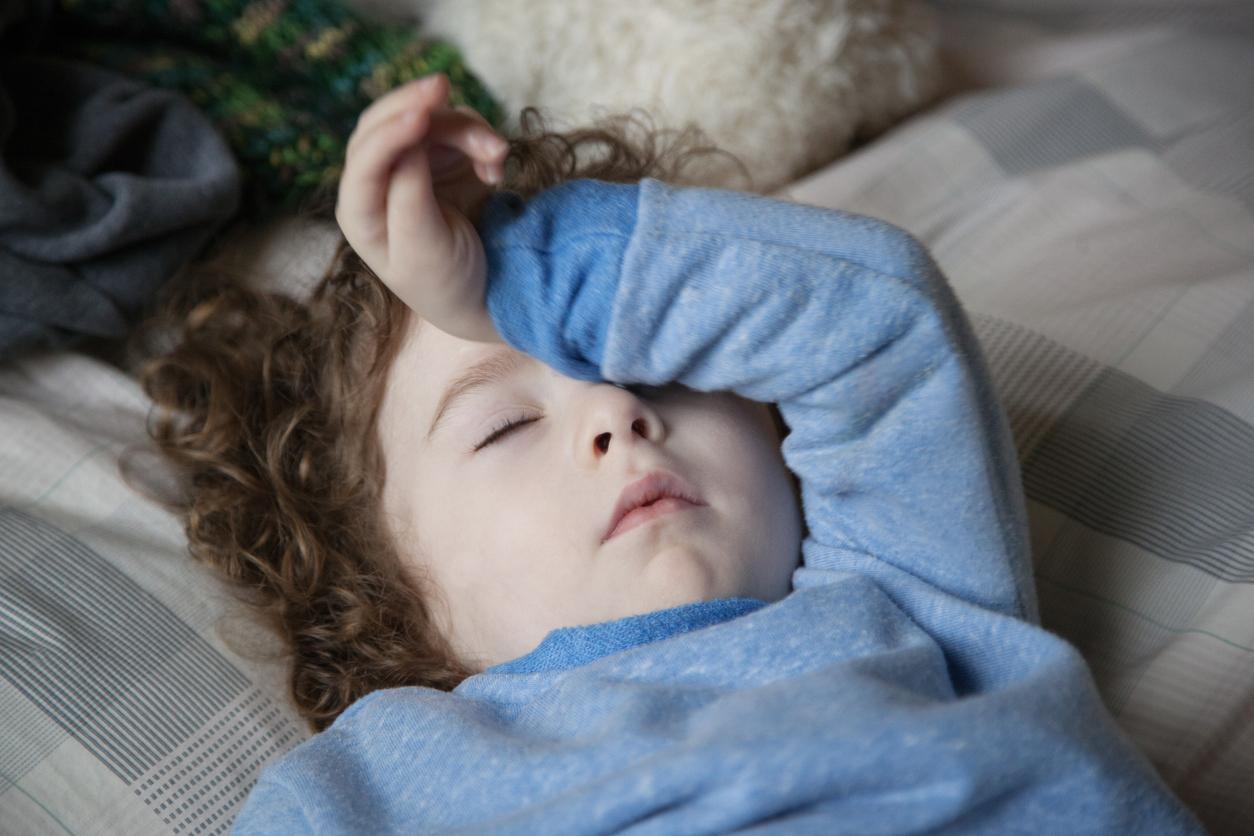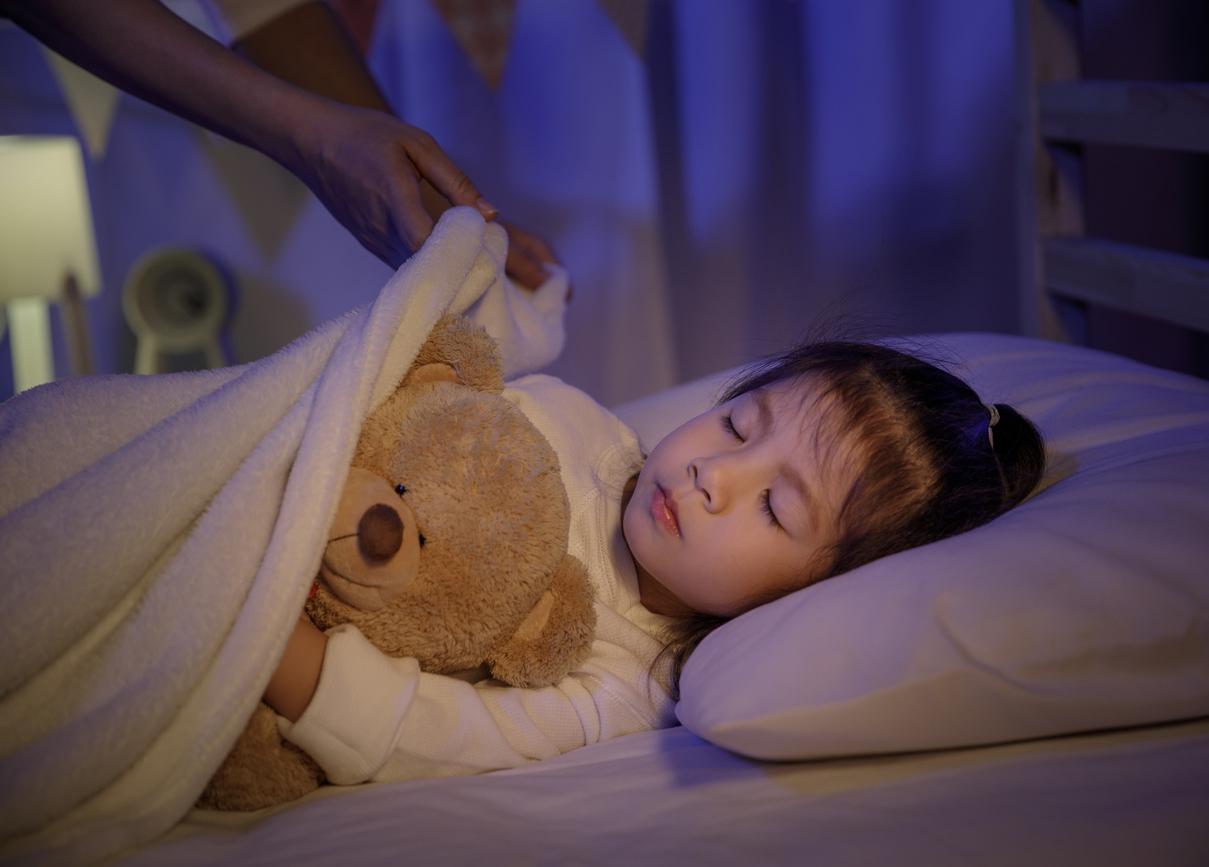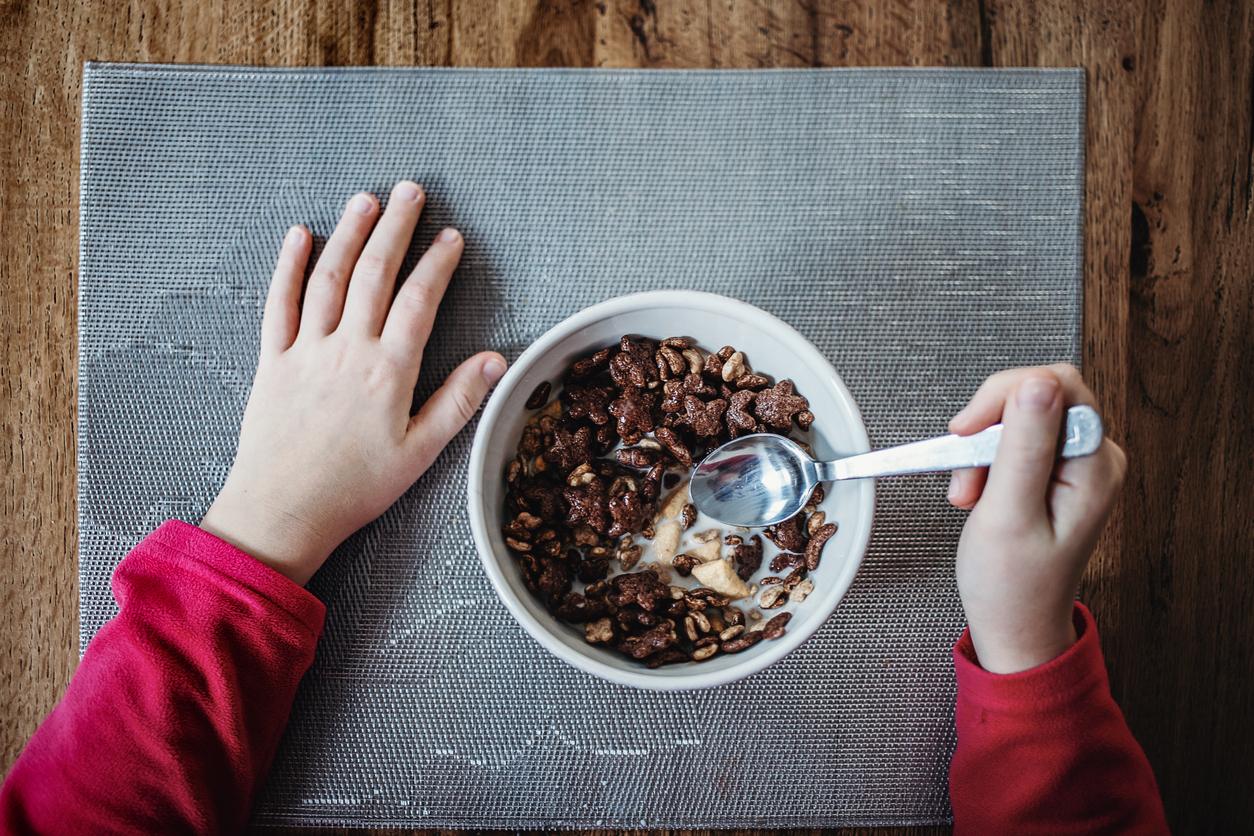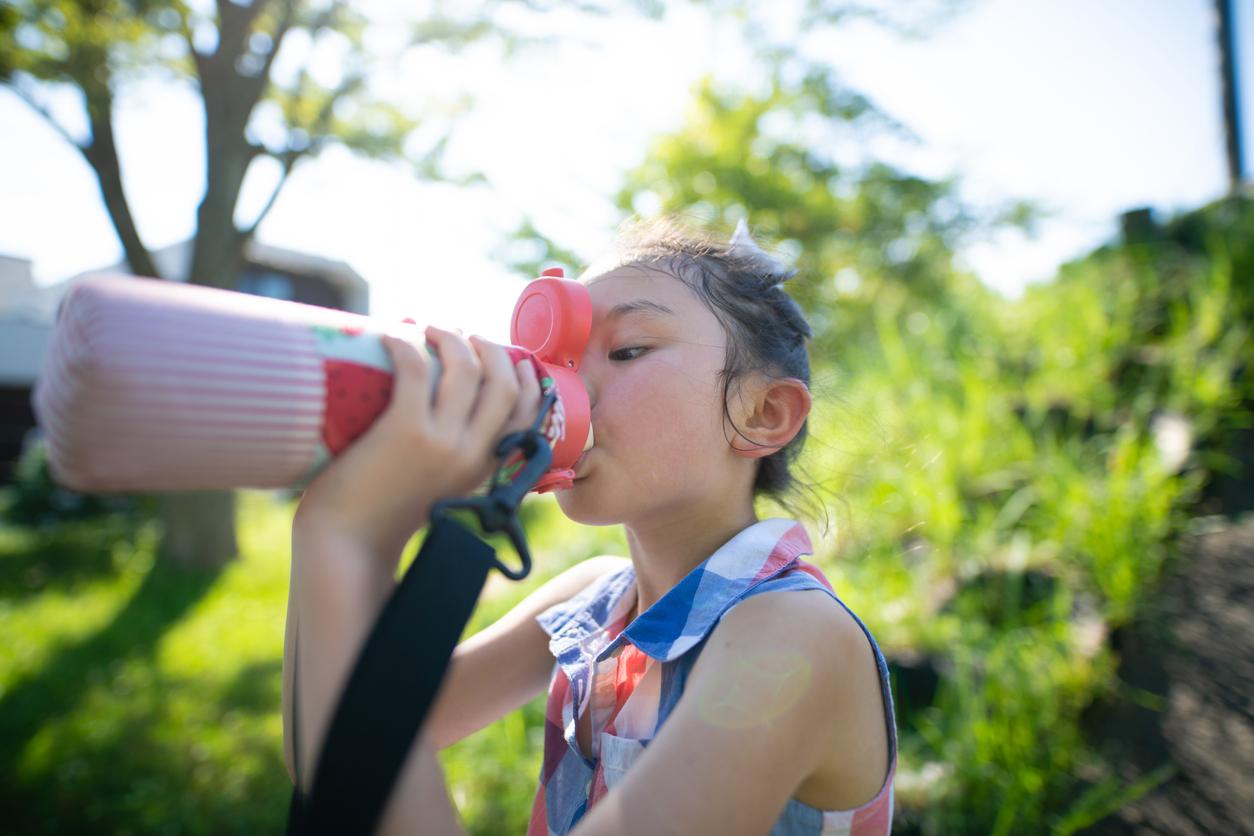
The start of the school year will take place this Tuesday, September 1 for more than 12 million students. In this period of health crisis, back to school promises to be special! Discover all our fun and practical tips to help children apply barrier gestures.
Explain barrier gestures to children
Already difficult for adults to understand, the coronavirus epidemic is even more so in the eyes of children. Although it is important to remind them of the list of the main barrier gestures; i.e. washing your hands regularly, using disposable tissues, coughing or sneezing into your elbow, keeping a distance of one meter between each person and wearing a mask (compulsory from 11 years old), children generally have difficulty understanding the prohibited.
Therefore, we advise you to focus more on what they can do and not on what they cannot do. Take the time to discuss it with them calmly, explain the context to them and remember to reassure them that they do not experience things at school, in a traumatic way.
Fun tools to help younger children
To help the youngest children understand the situation linked to Covid-19, nothing like teaching through play. Here are some examples of playful tools that will allow them to learn barrier gestures while having fun:
- Explain with drawings and comics
Volunteer initiative intended to combat the impact of the coronavirus crisis on the balance of young children, the site Coco virus provides free (directly online or downloadable) a series of drawings and small comics explaining all aspects of the coronavirus. The site also offers manual activities (such as card games or coloring, etc.) to be carried out to foster creativity as well as an explanatory video.
- Understanding the phenomenon of virus propagation
To try to explain the principle of transmission of the coronavirus to the little ones, we suggest you set up the glitter game. The idea is simple, just put glitter on your child’s hands. After touching all kinds of objects (and even his face), you can compare the glitter with the virus and show him how fast the spread can be. It also works with flour!
- Make hand washing a fun activity
To promote hand washing and make it automatic for young children, you can establish a few rules and make it a fun activity. For example, you can ask your child to write down on a chalkboard all the times he washes his hands and reward him at the end of the day. Also consider using an hourglass to encourage them to wash their hands long enough.









